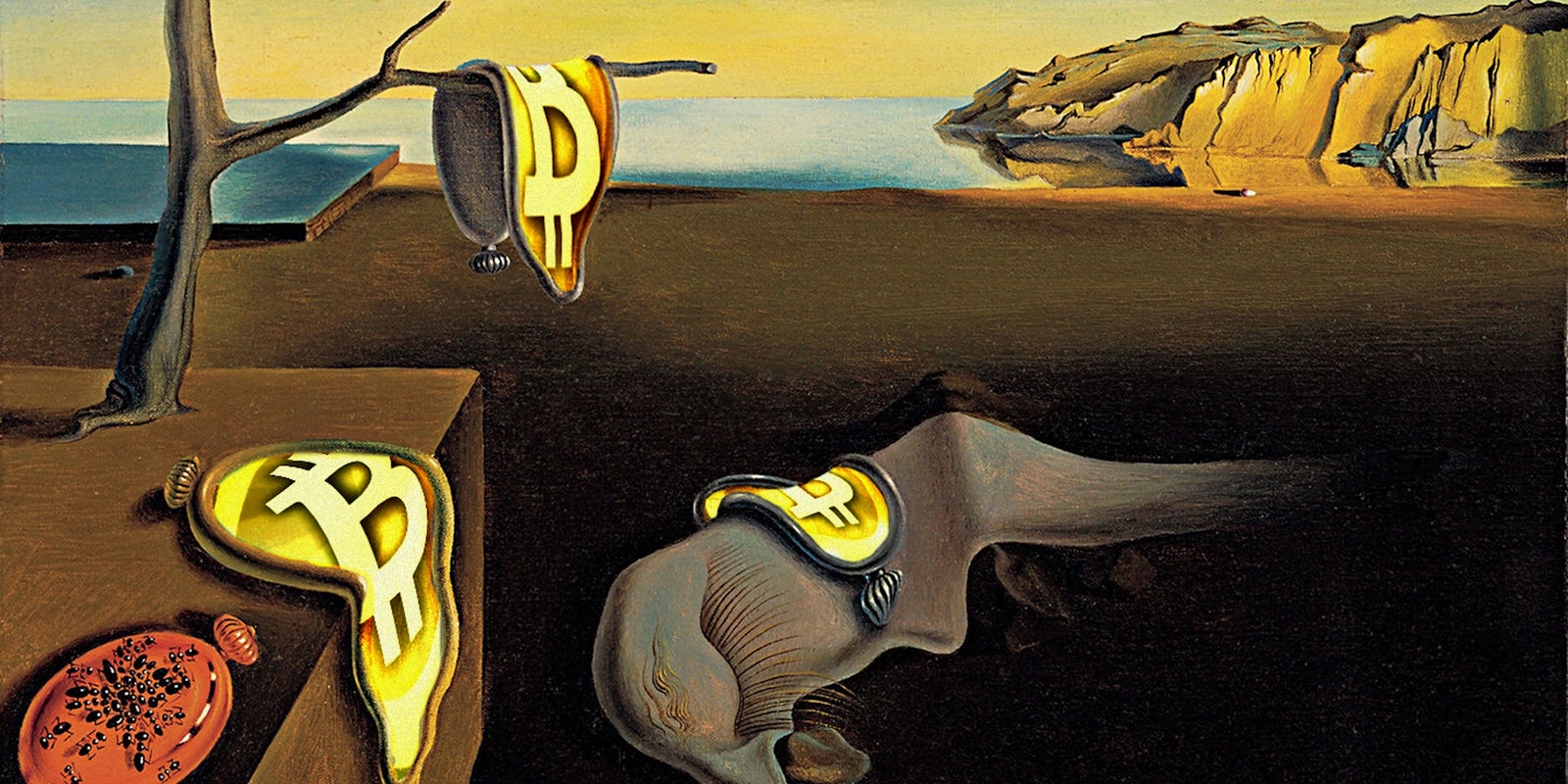There has been a lot of speculation recently regarding whether or not I am Satoshi Nakamoto, the infamous creator of Bitcoin, and more recently whether or not a Bitcoin address which I control was used to fund the Silk Road marketplace. I would like to address these two issues now and hopefully put them to rest.
First, I am not Satoshi Nakamoto. I am a security researcher and fan of cryptography as well as a Libertarian and a fan of alternative currencies. Being both of these, Bitcoin hit my radar almost immediately when Satoshi posted his original white paper about Bitcoin on October 31 2008, and subsequently the first version of the Bitcoin client software on January 08 2009, to the Cryptography email list. I had many conversations with Satoshi via email shortly thereafter, mostly reporting bugs, asking clarification questions, and making suggestions regarding ways to improve the software. Unless I have split personalities and this is Fight Club, I definitely am not Satoshi Nakamoto. This subject has also been debated on the Bitcoin Talk Forums and, I thought, had been put to rest.
Second, I have no relation to the Silk Road, nor have I ever. This second allegation has been made by two cryptographers, Dorit Ron and Adi Shamir from the Department of Computer Science and Applied Mathematics at the Weizmann Institute of Science in Israel, performing paid research for the Citi Foundation. Their recently released “research” paper identifies a Bitcoin address with supposed links directly to other Bitcoin addresses that were controlled by William Ulbricht, also known as Dread Pirate Roberts, who operated the Silk Road marketplace until its recent seizure by the FBI. Ron and Shamir seem to have used flow analysis of the Bitcoin blockchain to reach these conclusions, as they did in their first paper on the subject.
However without doing the required research into the actual identities of the Bitcoin address owners, using flow analysis among them to determine relationships between them is fundamentally flawed. Ron and Shamir’s paper does not explicitly identify the Bitcoin addresses they are referring to, however the paper provides enough detail about the addresses such as balances and transfer dates that it is trivial to identify the addresses in question from the blockchain data, which is a public record, and many in the Bitcoin community have done so. Had Ron and Shamir done even rudimentary research into the identities of said addresses, such as a search on the Bitcoin-OTC site, Bitcoin Talk forums, or even via a simple Google search, they could have easily found that the original very early source address in question (12higD) is, very publicly, one of mine and not one of Satoshi’s as they insinuate in their paper.
This has left many people on the Bitcoin Talk forums, Reddit, and elsewhere to speculate regarding the identity of the subsequent addresses that bitcoins were sent to from my addresses, and the owners of such addresses, as Ron and Shamir’s paper insinuates that they are related to Silk Road.
The transfer primarily in question is a transfer of 1000 BTC from one of my addresses (1JCSvG) to an address that Ron and Shamir’s paper is leading people to believe was owned by Ulbrict (18ywVu) which in fact it was not. The destination address (18ywVu) is a deposit address that Mt. Gox assigned for me to make a deposit of 1000 BTC into my account at Mt. Gox for trading purposes, as shown below in the screen capture of my account’s deposit history. Mt. Gox should be able to easily confirm that they indeed control this destination address. As Mt. Gox was the highest volume exchange at the time, only Mt. Gox knows who controlled those specific coins after I began trading them.
I hope this puts to rest any further speculation regarding whether or not I am Satoshi Nakamoto and whether or not I have had any involvement with the Silk Road. I am not and have not.
 Dustin D. Trammell is an entrepreneur and security researcher performing research within the fields of vulnerability exploitation, network protocols, steganography and covert communications, and Internet telephony (VoIP). This article originally appeared on his blog and has been reprinted with permission.
Dustin D. Trammell is an entrepreneur and security researcher performing research within the fields of vulnerability exploitation, network protocols, steganography and covert communications, and Internet telephony (VoIP). This article originally appeared on his blog and has been reprinted with permission.
Illustration by Jason Reed



